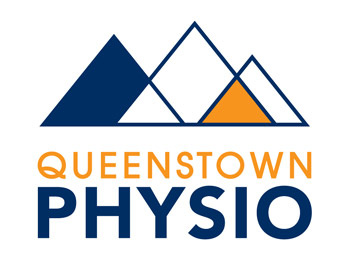Returning to Exercise after a Covid-19 Infection
Published on www.axissportsmedicine.co.nz on 11th of March 2022 by Dr Mark Fulcher.
Slow and steady
Generally, COVID infection symptoms settle over 3-7 days within the infectious period. When a patient feels that their illness has resolved, most are safe to start returning to some physical activity. Given that the SARS-CoV-2 virus can involve a number of systems, including the heart, kidney, blood, brain and wider nervous system, the resumption of activity should be slow and steady. The duration and intensity of activity should be guided by both physical and psychological factors. Increasing the volume and intensity of activity too quickly can prolong fatigue and other symptoms, making getting back to even the most basic activities of daily living difficult and frustratingly slow. It should be highlighted that prolonged rest can also be counterproductive. This can lead to significant morbidity including persisting fatigue, weakness and other symptoms.
Fortunately, here in Aotearoa, we have the experience of clinicians managing return to activity, exercise and sport in other countries where COVID has been around for two years. Their experience, and those of their patients, has helped shaped best practice and safe management.
Recovery can take 3 – 6 weeks. Pace yourself
Returning to a normal level of activity or sport generally takes about 3 weeks but can often take much longer for those who have had a more severe illness, especially those who have been hospitalized. As a rule you should wait 7 days after being symptom free before starting to ‘exercise’ again. The important message is that returning to activity and exercise is important for recovery of physical and psychological wellbeing, but must be in a step wise fashion, ensuring you are able to recover well from each exercise bout without ongoing symptoms before progressing to the next level. Adequate sleep, good nutrition, hydration and social connection are also vital to help you recover well. Some practical tips are to:
- Try to remain active while you are isolating at home (if your symptoms allow).
- Start with small volume of low-intensity aerobic exercise, walking is an excellent option.
- Avoid returning to more intense exercise, for example heavy resistance training or running, for at least seven days after your symptoms resolve
- Plan a graded return to activity, for example start by increasing your walking distance and intensity, progress to include some bouts of running within your walk, then increase the amount of running.
- You may feel more tired than normal, listen to your body and make sure that you get enough rest.






